|
Star Formation: From Clouds to Discs |

|
| A Tribute to the Career of Lee Hartmann | ||
| Hosted by the Dublin Institute for Advanced Studies18th - 21st October 2021, Grand Hotel, Malahide, Ireland |

|
Star Formation: From Clouds to Discs |

|
| A Tribute to the Career of Lee Hartmann | ||
| Hosted by the Dublin Institute for Advanced Studies18th - 21st October 2021, Grand Hotel, Malahide, Ireland |